Propagating blackcurrants from hardwood cuttings is easy with this simple method
Multiply your fruit bushes by learning how to propagate blackcurrants from hardwood cuttings in fall

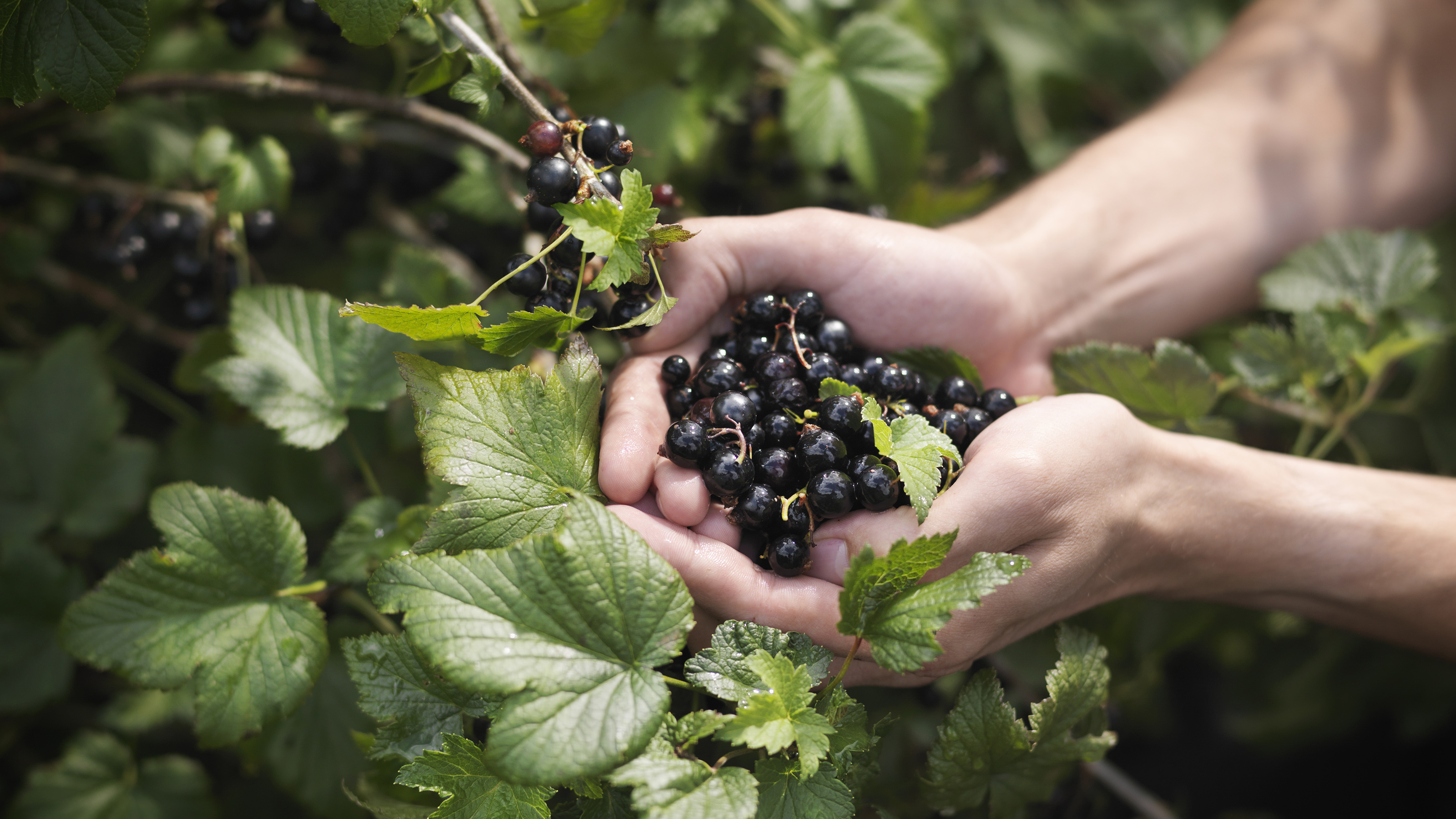
When trees and shrubs lose their leaves in the fall, it's time to learn how to propagate blackcurrants. This is the period where they enter a dormant phase, to hunker down for the cold months of winter.
The sap from their stems will withdraw, making it the perfect time to take hardwood cuttings. This is a super reliable method for propagating blackcurrants, and it can take just a year to see results.
You'll be pleased to hear that blackcurrants are some of the best fruit trees to root from hardwood cuttings. In fact, Amateur Gardening's organic gardening expert Bob Flowerdew tells us: 'any piece roots just laying on mud – take six cuttings and get six plants, for sure.'
For this reason, it's hardly worth spending money on more than one blackcurrant bush. You can even avoid buying one altogether if you can take cuttings from a friend or neighbor's plant.
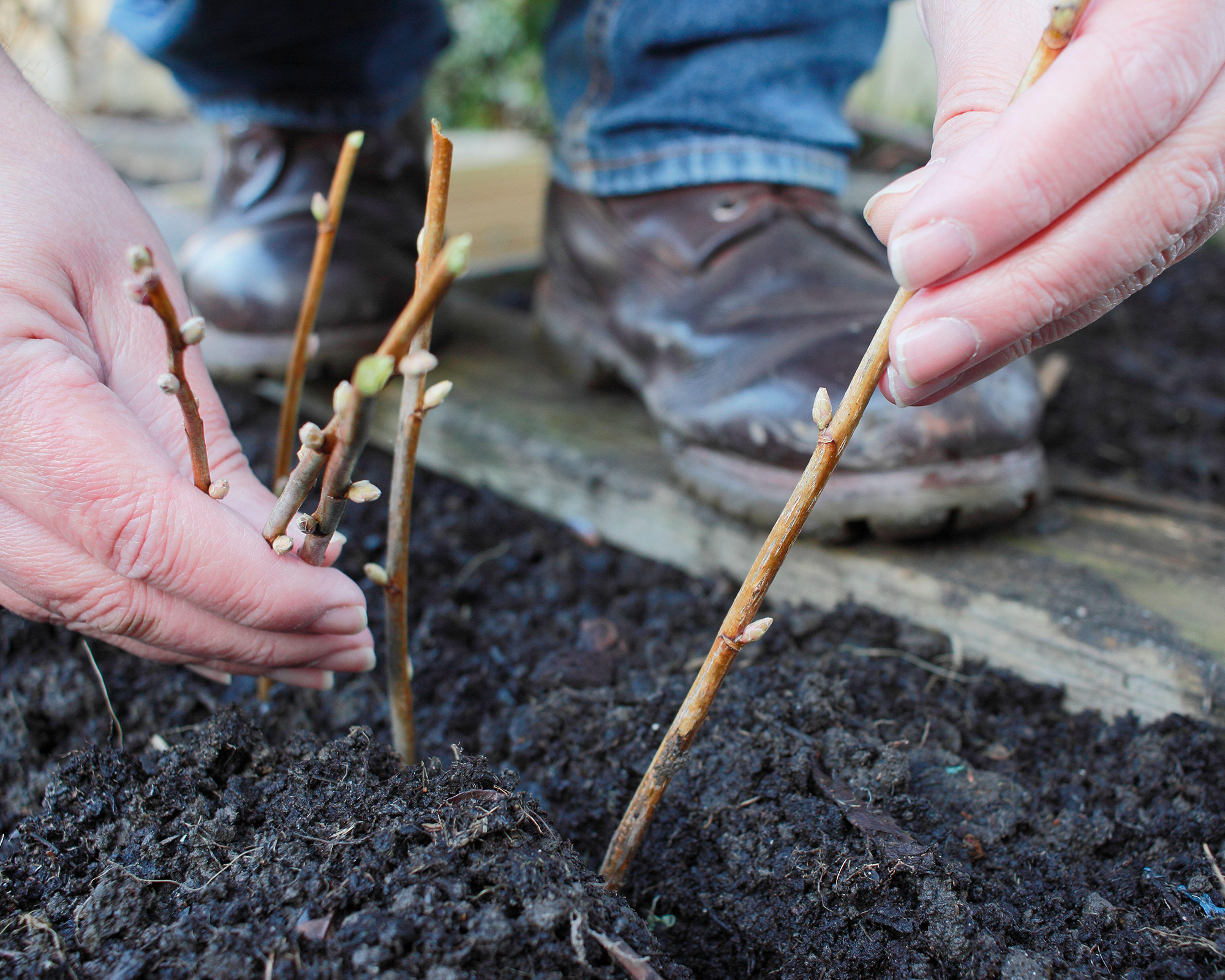
Learn how to propagate blackcurrants in 7 easy steps
Propagating blackcurrants happens fast. 'Prune blackcurrant bushes for stems (ideally, new stems 1ft/30cm or more long), but almost any piece taken and inserted in moist soil will produce strong plants this time next year,' says Bob Flowerdew.
'Because they’re so certain, you can usefully root these in situ, where they are to crop.' Using the best secateurs will ensure a quick and easy job.
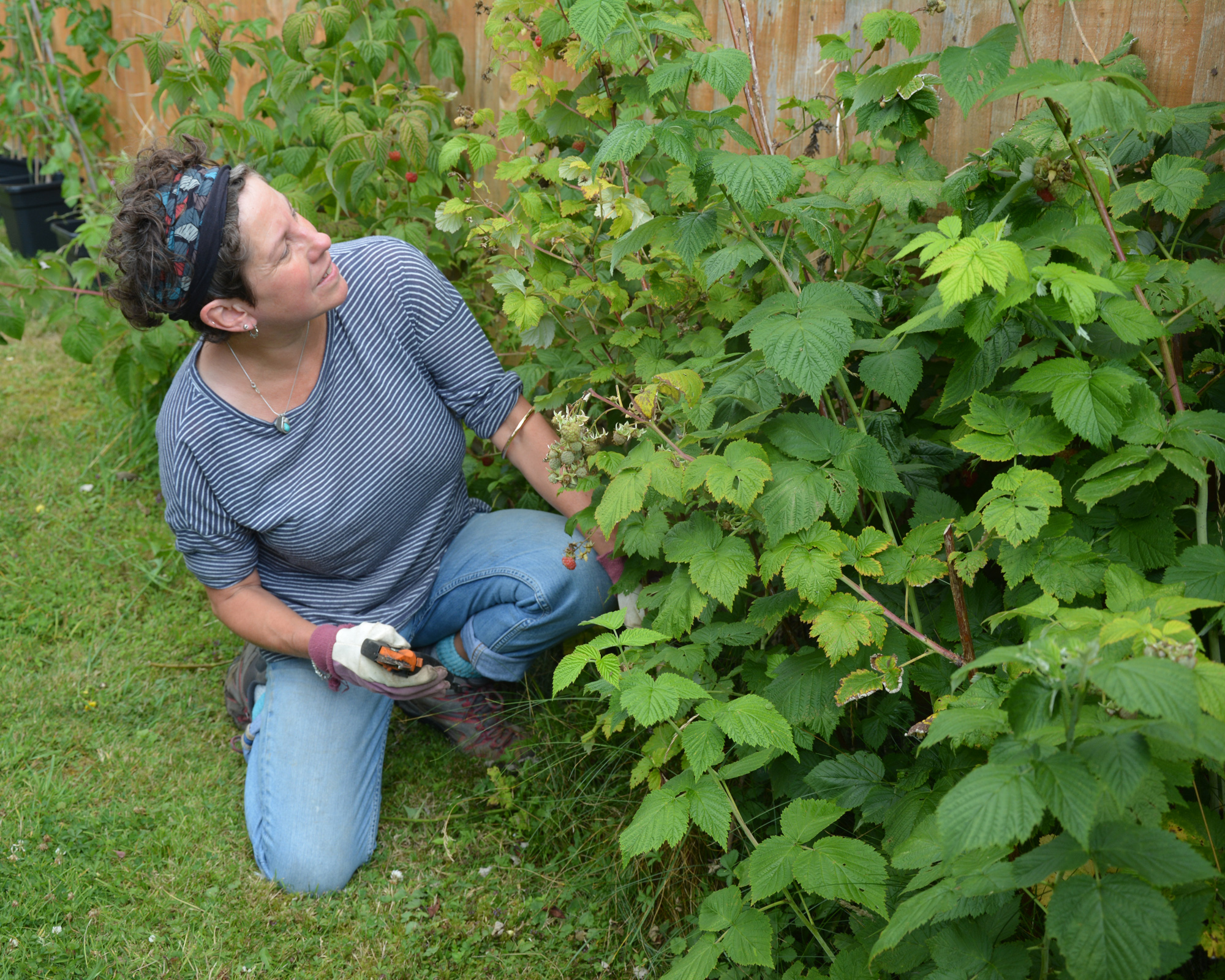
Ruth Hayes is the Gardening Editor at Amateur Gardening magazine. She is horticulturally trained, with a qualification from the Royal Horticultural Society. Every week, she offers advice on everything from pruning to propagating in each issue of the magazine. Here, she shares her step by step for how to propagate blackcurrants in pots and in trenches.
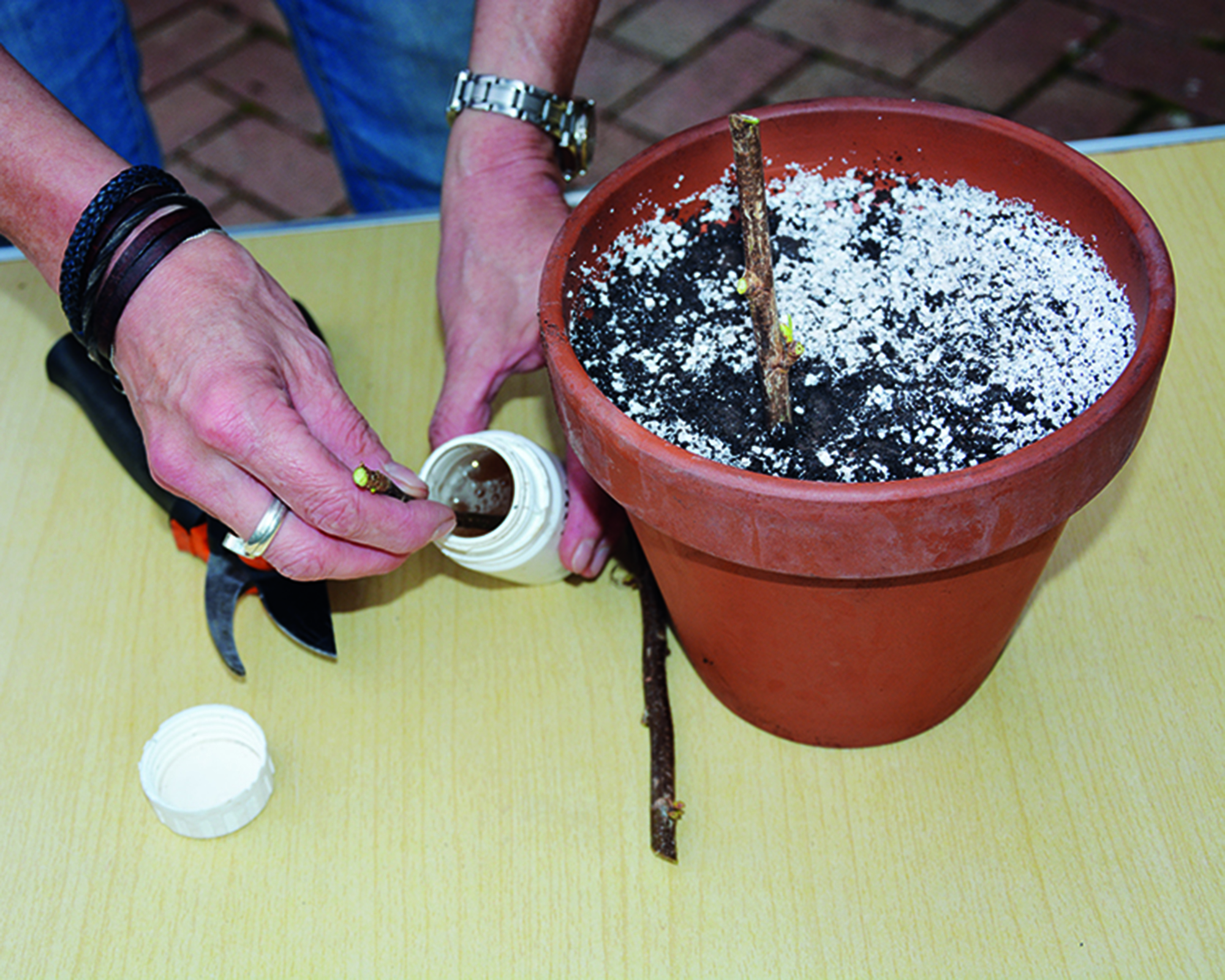
- If you prefer growing fruit in pots, fill a clay pot with a mix of cutting compost and perlite. Clay is breathable and porous, so roots shouldn’t get waterlogged.
- Take cuttings from plants about 12in (30cm) lengths of this season’s growth. Remove the soft tip, and cut the piece into 4in (10cm) lengths.
- Cut the base end straight across, and the top end at a slant to repel rain. Dip the base ends in hormone rooting gel before inserting them into the compost.
- Cuttings in a pot will be happy in a cold frame or against a sheltered wall. Evergreen cuttings should be sealed in a plastic bag and placed on a cool windowsill.
- If growing outside, dig a narrow trench in a sheltered spot and line it with compost and horticultural sand to spur root growth. Take the cuttings and dip the end in rooting compound.
- Insert the cuttings to two-thirds of their depth and tread the soil firm. Roots develop along the stems. Leave them there for a year and re-tread the soil if it cracks and lifts after frosts.
- Cuttings must not be allowed to crop, as this weakens them. Deflowering and defruiting your cuttings in the first year is always worthwhile – advice that is too often forgotten. Luckily, most soft fruits recover, eventually.
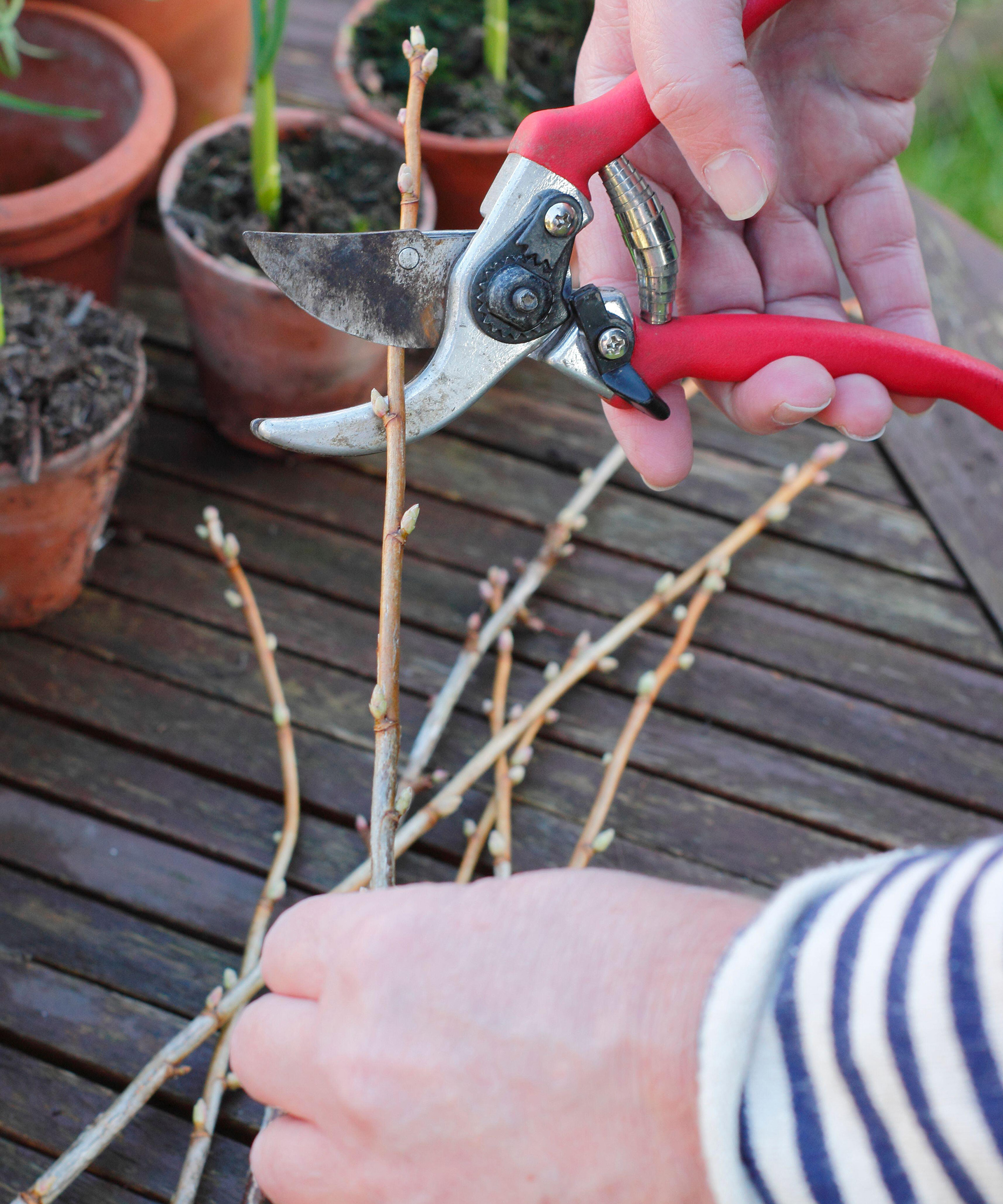
When to propagate blackcurrants
Generally speaking blackcurrant cuttings can be taken any time between fall and late winter so it's an ideal task to add to your fall gardening checklist. Once taken, the cuttings can be rooted in pots or in trenches in a sheltered area of the garden.
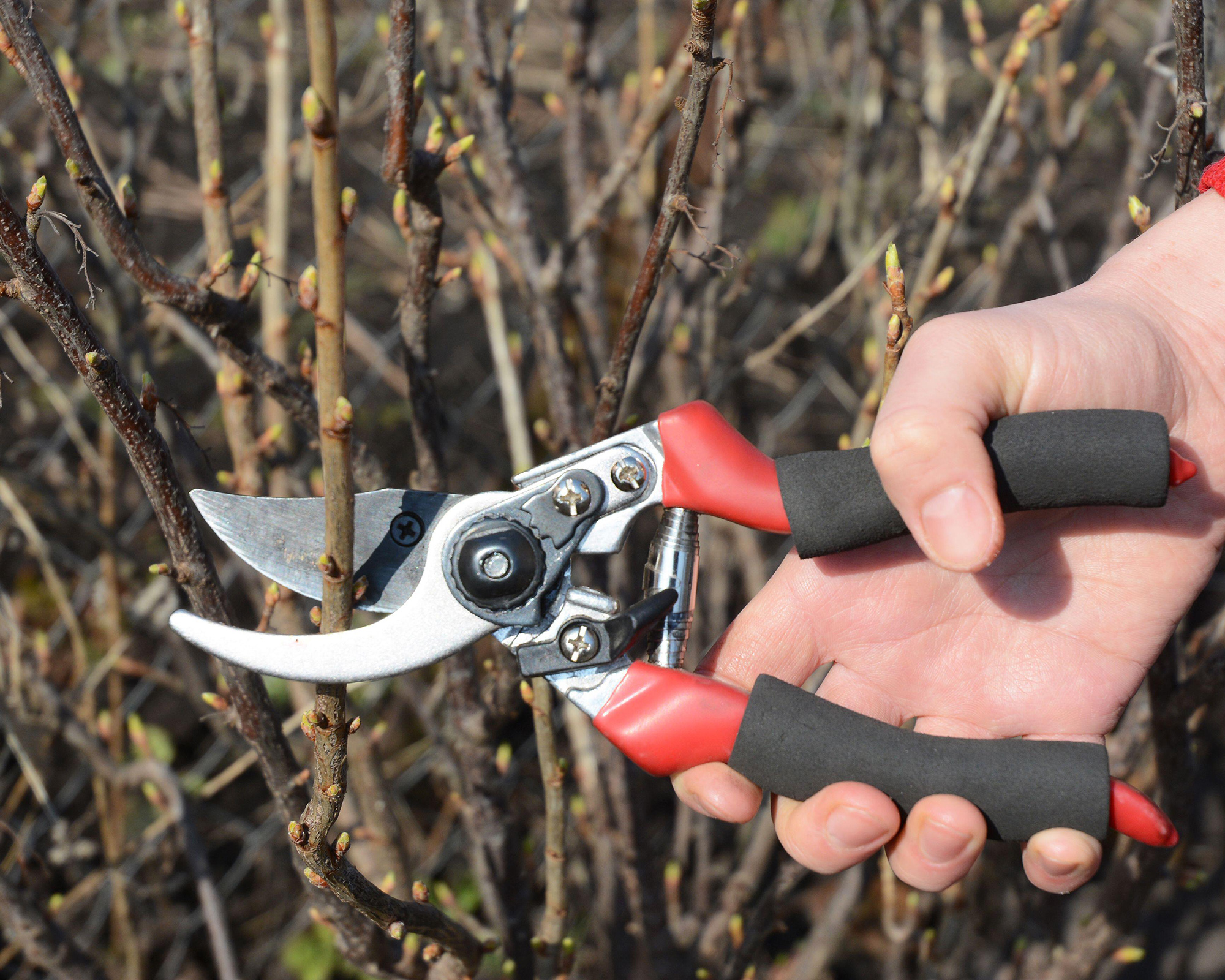
How long does it take to propagate blackcurrants?
Once you've learnt how to propagate blackcurrants from hardwood cuttings, you will be waiting a while for them to develop.
'It will take around a year for the cuttings to develop roots and start to grow,' says Ruth Hayes. 'At which point your free plants can be potted on for another winter before being planted out into your kitchen garden.'
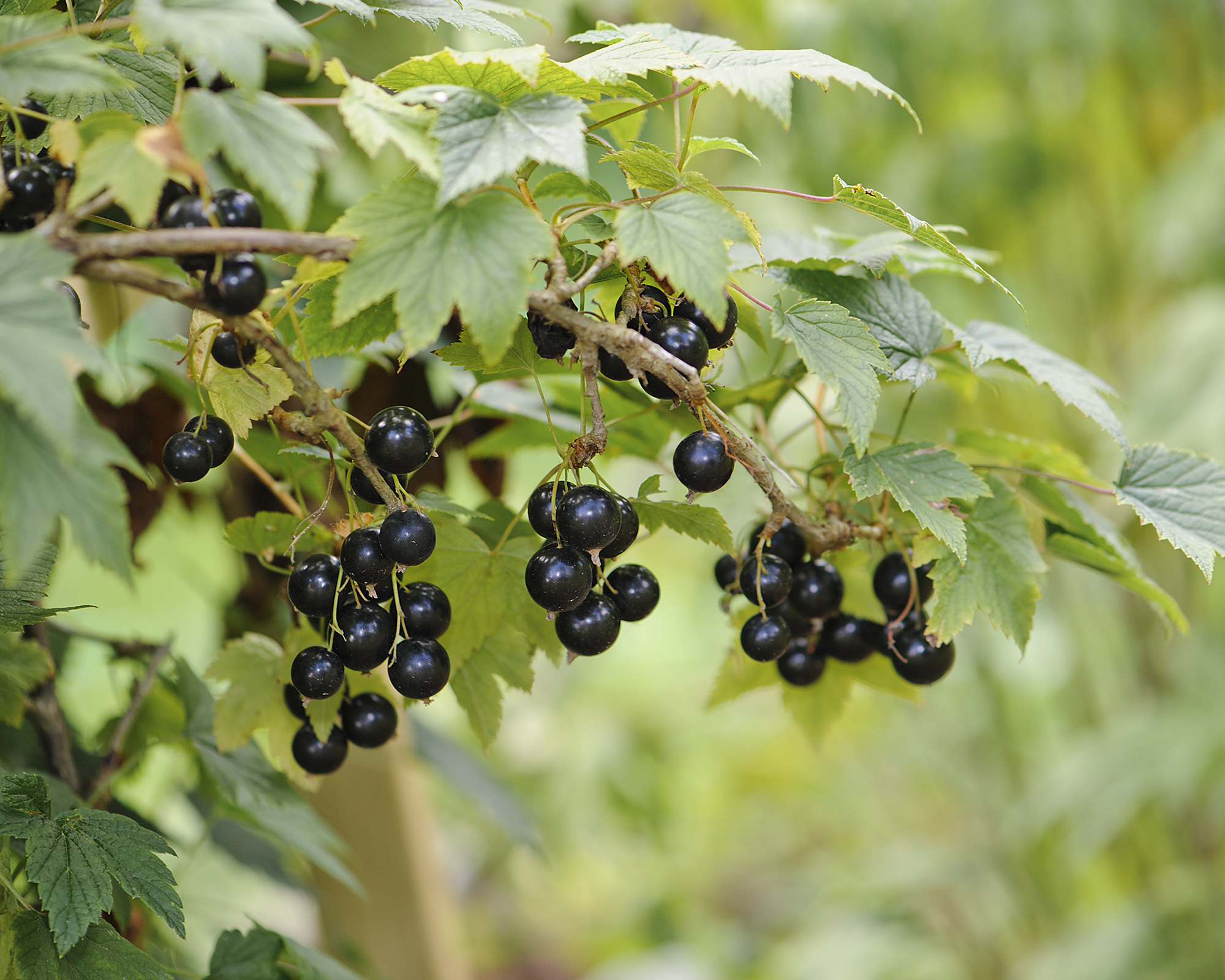

Teresa has worked as an Editor on a number of gardening magazines for three years now. So she is lucky enough to see and write about gardening across all sizes, budgets and abilities. She recently moved into her first home and the garden is a real project! Currently she is relishing planning her own design and planting schemes. What she is most passionate about when it comes to gardening are the positive effects it has on our mental health to grow and care for plants, as well as being great for the environment too and help provide food and shelter for wildlife.
